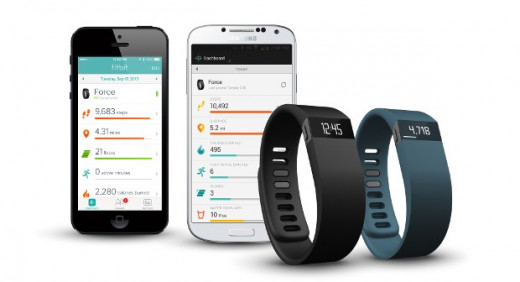How to Make Exercise Part of Your Daily Routine

10 simple strategies proven to keep you motivated to form a new exercise habit.
1. Make exercise a daily appointment.
We all struggle with finding time, so schedule exercise like an appointment every day. You wouldn't miss your doctor's appointment, an important meeting or your regular visit to the salon, so why would you cancel on yourself?
2. Pick a time you can commit to.
Too often our workout routine is sabotaged by improper planning. We snooze right through our early morning sweat session, work through lunch or go home and crash after a busy work day. It's important to choose a time that is realistic and sustainable. When do you have the most energy during the day? Once you find the time that works best for you, make it a priority.
3. Find the right place.
Where you exercise is just as important as when. If the gym isn't conveniently located, has restricted hours, limited equipment or makes you feel intimidated then you're less likely to commit to a program. Choose a gym nearby your home, office or school where you feel comfortable exercising. Or, if time and money are an issue, consider creating a home exercise routine in place of going to the gym.
4. Prepare.
Have an exercise plan and gather your workout gear ahead of time. Knowing which exercises you're going to do and for how long will save time and keep you focused. Put out your workout clothes, sneakers and earbuds the night before to avoid having to frantically search for things the next day.
5. Get a good night's sleep.
Not sleeping enough - less than 7 hours per night - decreases energy levels, performance ability and mental clarity. Sleep deprivation is also linked to a host of chronic diseases and may be a contributor to obesity. Getting a good night's rest will not only help you stay focused and energized for your workout, but will improve your overall health.
6. Start slowly and exercise often.
To avoid burn-out or injury, begin with small amounts of low-to-moderate intensity exercise and slowly increase the duration and intensity over time. Forming a new exercise habit is always hard, and you may have to push yourself at first. Remember that the main goal isn't to run 10 miles a day, it's just to do something physical. The key is to exercise often (at least 4-5 days per week) over a long period of time (3-4 weeks). If you workout sporadically it will always feel like you're starting from the beginning. Challenge yourself to stick with it, and after a few weeks exercising will become second nature.
7. Diversify your routine.
It's important to diversify your workouts with new activities to prevent boredom and keep your body from adapting to the routine. When you perform the same exercises on a regular basis, your muscles adapt over time and eventually plateau. Add variety to your routine with a combination of aerobic exercise, strength training, core exercise, flexibility and balance training. For example, try doing a light jog one day, interval training the next, and yoga the following day. If your fitness routine doesn't bore you, you're more likely to stick with it and you'll see better results.
8. Create a motivating playlist.
Put together a high-energy playlist with motivating music for your workout. Research findings show that people tolerate exercise better when listening to music, and are able to exercise harder and longer. During warm-up and cool-down, choose slower songs that have tempos within the 80-90 bpm range. When you're ready to pick up the pace, songs within the 120-140 bpm range are ideal for improving your workout. Just be sure not to crank the volume too high, to prevent hearing damage.

9. Invest in a fitness tracker.
Fitness tracking devices and apps create awareness of how much physical activity we actually do throughout the day. Not only do they record the number of steps taken, distance traveled and calories burned, the newest gadgets also measure the amount of time spent active or inactive, stairs climbed, heart rate and even sleep patterns. There are fitness trackers available for every budget, and most connect wirelessly to your smartphone and computer to provide feedback on your performance, set goals and track your progress over time. Some devices are accompanied with an online support system of exercise plans, food diaries, incentives and live health coaches to offer advice and encouragement. You can also connect with other users who have the same device and challenge friends to a little healthy competition. Need help choosing? Visit everymove.org/fitness-trackers.
10. Hold yourself accountable.
Some people prefer exercising alone to reserve time just for themselves when they can focus, reenergize and de-stress. But if you're having trouble staying motivated, working out with a partner may make all the difference. Find an accountability partner - spouse, family member, friend or personal trainer - who enjoys doing similar things. Knowing that someone is depending on you to be there forces you to be more accountable for your exercise plans. You'll also be surprised how well good conversation keeps boredom away and makes the time pass quickly. Encourage and support each other to reach your fitness goals.
For exercises you can do with a partner, check out http://www.ideafit.com/fitness-library/partner-exercises.








